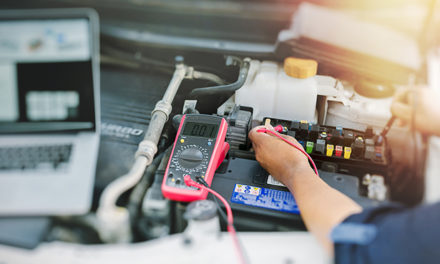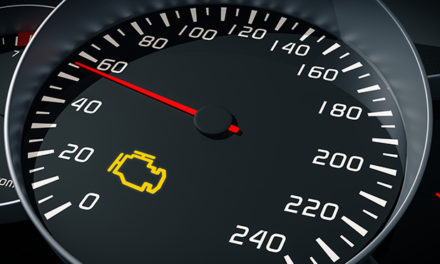Engine not starting? No fuel pressure? This could be caused by a faulty signal from the crankshaft or camshaft position sensor and not the fuel pump. A common reason for repeat fuel pump replacements is not completely diagnosing the control side of the electrical circuit for the fuel pump. The vehicle ECM looks for a signal from the crankshaft/camshaft (RPM) sensor upon initial engine starting sequence in order to energize the fuel pump relay and apply voltage to the fuel pump. As a result, a missing cam/crank signal (RPM signal) can cause a no-start condition.
On some older GM vehicles that use an oil pressure switch system, the vehicle will start by using a fuel pump relay to send power to the pump. Then after the ECM receives the appropriate signal from the oil pressure switch, the ECM de-energizes the relay allowing voltage to travel thru the oil pressure switch to the fuel pump. This occurs so when the engine dies and resulting oil pressure becomes low, the power is then cut off to the pump. If the oil pressure switch is faulty then, the power will be cut off to the pump when the ECM switches it over.
In some cases, the ECM is programmed to shut off power to the fuel pump if there is a loss of signal from the oil pressure switch on particular applications. This is a safety function used by the manufacturer to help eliminate any possible dangers created by fuel leaking on the scene of a vehicle wreck.
So if you find no power to the fuel pump, check the oil pressure switch and RPM signal first.





![[Fit for Ford E150 models] 2003-2004 E-150 5.4L | 2003-2004 E-150 Club Wagon 5.4L | 1997-1998 E-150 Econoline 4.6L | 2000-2002 E-150 Econoline 4.6L | 1990-1996 E-150 Econoline 5.0L | 1997-2002 E-150 Econoline 5.4L | 1990-1996 E-150 Econoline 5.8L | 1...](https://m.media-amazon.com/images/I/41K8npit6ML._SL100_.jpg)




